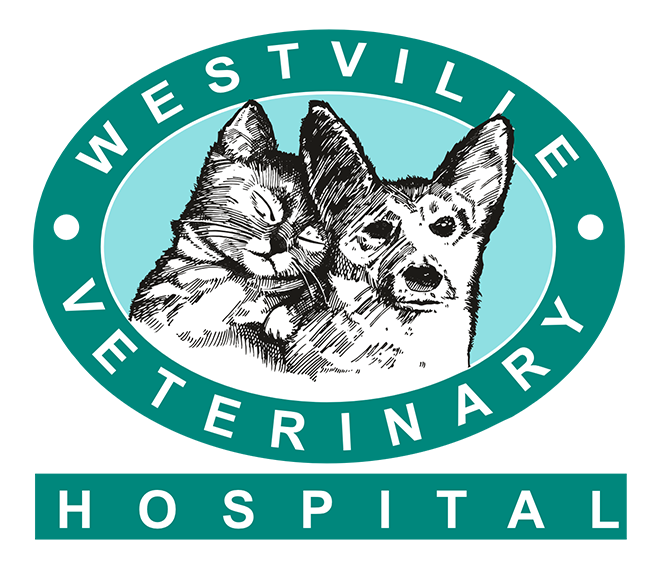Ophthalmic surgery
Ophthalmic surgery
testing
The common signs to indicate that your pet may have an eye problem include squinting or closed eyes, tearing or abnormal discharge, cloudiness of the eye, redness, rubbing or pawing at the eyes.
Cataracts
Cataracts are an opacity of the lens. The lens sits inside the eye behind the iris (the coloured part of the eye) which has a hole in the middle known as the pupil. A cataract appears as cloudiness of the pupil and will impair vision for your dog and may eventually lead to blindness. Cataracts are most often genetic, but can also be a result of an injury or ageing, and another common cause of cataracts in dogs is diabetes. The only real solution for a cataract is surgery. Although cataracts are usually painless, they can cause diminished quality of life.
Corneal Ulcers
Corneal ulcers are an abrasion/injury to the cornea, which is the transparent outer “windscreen” of the eye. They are most often as a result of an injury to the cornea. Breeds such as Pugs and Pekingese are particularly more prone to ulcers and bulging eyes due to diminished natural protection of the cornea. They are difficult to diagnose without a special stain and should be examined by a Vet asap. Irrespective of the cause, it is important for pet owners to get them treated early as a simple corneal ulcer can rapidly deepen and even lead to rupture of the eye. Symptoms are typically squinting or partial closing of the eyes, watery eyes and redness. Treatment may include antibiotics eye drops, anti-inflammatory/ pain relieving medication, and even surgery may be required.
Third Eyelid Prolapse (Cherry Eye)
The third eyelid in dogs is an unseen hidden membrane that sits in the inner corner of the eye. It has an associated gland that produces tears to lubricate the surface of the eye. Sometimes this gland pops out from under the third eyelid and sits in the inside corner of the eye with the appearance of a “small red cherry”. The condition is not painful, and is especially common in younger dogs and breeds like the Bulldog, Boston terrier, Beagle, Cocker Spaniel and the Mastiff. Surgery is required to reposition the gland back in its pocket.
Conjunctivitis
Conjunctivitis is a non-specific inflammation of the membrane covering most of the eye and the inner aspect of the eyelids. The condition is caused by many things and is typically associated with discomfort (rubbing/ squinting), redness of the eye and often watery or a grey to yellowish discharge. Treatment largely depends on the cause of the inflammation.
Glaucoma
Glaucoma results when there is increased pressure inside the eyeball itself which will cause the eye ball to enlarge. This condition can result from a genetic predisposition or an acquired cause. Glaucoma will eventually damage the retina and lead to blindness, and therefore needs to be diagnosed asap. Symptoms include redness and pain, a bulging and often cloudy eye, dilated pupil. Glaucoma is usually managed with eye drops for life, but sometimes surgery is required (depending on the cause) and sadly sometimes removal of the eye may be required.
Progressive Retinal Atrophy (PRA)
This is a genetically inherited and irreversible condition that results in the steady loss of function of your dog’s retina (the light sensitive membrane at the back of the eye). Typically night vision is affected first and then the day vision is affected. PRA affects many breeds of dogs and sadly PRA is irreversible and there is no cure for the blindness. However, dogs do adjust to progressing loss of sight naturally because PRA develops gradually.
Dry Eye (KCS, Kerato-Conjunctivitis Sicca)
Dry eye can be secondary acquired condition or even genetic in origin (e.g. English Bull Dogs, Cocker Spaniels and Yorkshire Terriers). Dry eye is a result of insufficient tear production and presents with a sticky, tenacious eye discharge, redness of the eye and sometimes itchy eyes. Recurrent corneal ulcers may develop as a result of an underlying dry eye. If left untreated dry eye can lead to severe corneal scarring and pigmentation and thus affects your pets vision. Treatments includes eye drops to stimulate tear production (Tacrolimus and Pilocarpine), and artificial tears. Today it is uncommon to perform surgery since the medications are so effective.


